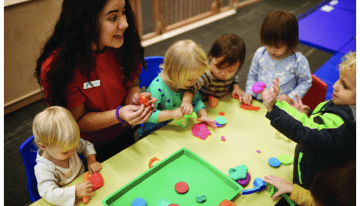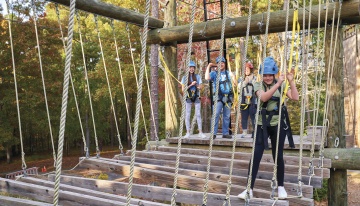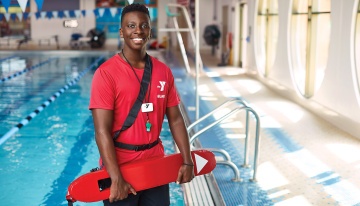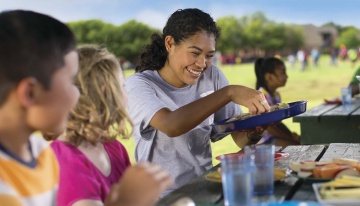Section 1
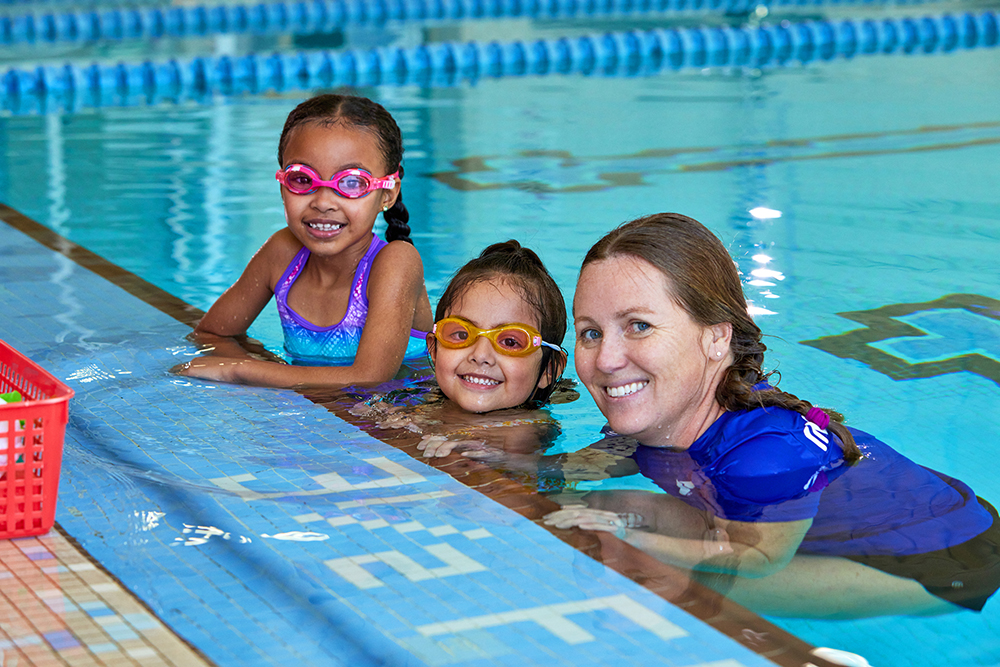 A recent YMCA survey showed that 9 out of 10 parents and primary caregivers in the U.S. see swimming as a key life skill for their children—on the same level as first aid skills or preparing a simple meal. However, finding the right swim program can be difficult, especially if cost is a factor.
A recent YMCA survey showed that 9 out of 10 parents and primary caregivers in the U.S. see swimming as a key life skill for their children—on the same level as first aid skills or preparing a simple meal. However, finding the right swim program can be difficult, especially if cost is a factor.
While most parents and caregivers understand the importance of swimming lessons, half of them believe they are too expensive. Three in 10 parents say that affordability hinders their ability to prioritize water safety lessons for their children.
As an organization who developed organized swim lessons, the YMCA is committed to bringing water safety skills to all children and families, with little to no cost to participate. With thousands of pools across the country, the Y is the solution for parents and caregivers looking for accessible water safety programming.
The Y’s Safety Around Water program is the first step in equipping children with essential water...
Section 2
The Y’s Safety Around Water program is the first step in equipping children with essential water safety skills, featuring eight sessions that teach children and adults what to do if they find themselves in water accidentally. Here are some features that help set these sessions apart from traditional swim lessons:
- Begin with Basics: Sessions start by focusing on basic skills to move on top and under the water. This includes floating, blowing bubbles, submerging face and body, jumping into the water and resurfacing, swimming on front, swimming on back and treading water.
- Jump, Push, Turn, Grab: Children will learn this specific technique, which includes pushing off the bottom of the pool as you are submerging to get back up to the surface while turning to grab the side of the pool.
- Swim, Float, Swim: Kids will also learn how to swim a short distance on your front, roll over to your back to rest, and then roll on your front to continue swimming to safety.
- Reach or Throw, Don’t Go: To prepare for a situation where someone else may be at risk of drowning, kids will learn the concepts of this technique. This includes the importance of reaching for them without jumping in, throwing in floatation devices and not attempting to rescue the person by jumping in the water.
- More Safety Tips: Sessions also include additional must-have water safety skills for children and adults alike, including:
- CPR and what to look for in a safe place to swim
- What to do if you see someone in the water who needs help
While the Y’s Safety Around Water program focuses on serious, technical skills to help reduce risk of drowning, the program also weaves in fun activities to reinforce these skills to empower participants
Interested in learning more? Find your local Y to get more information about a Safety Around Water program near you.


